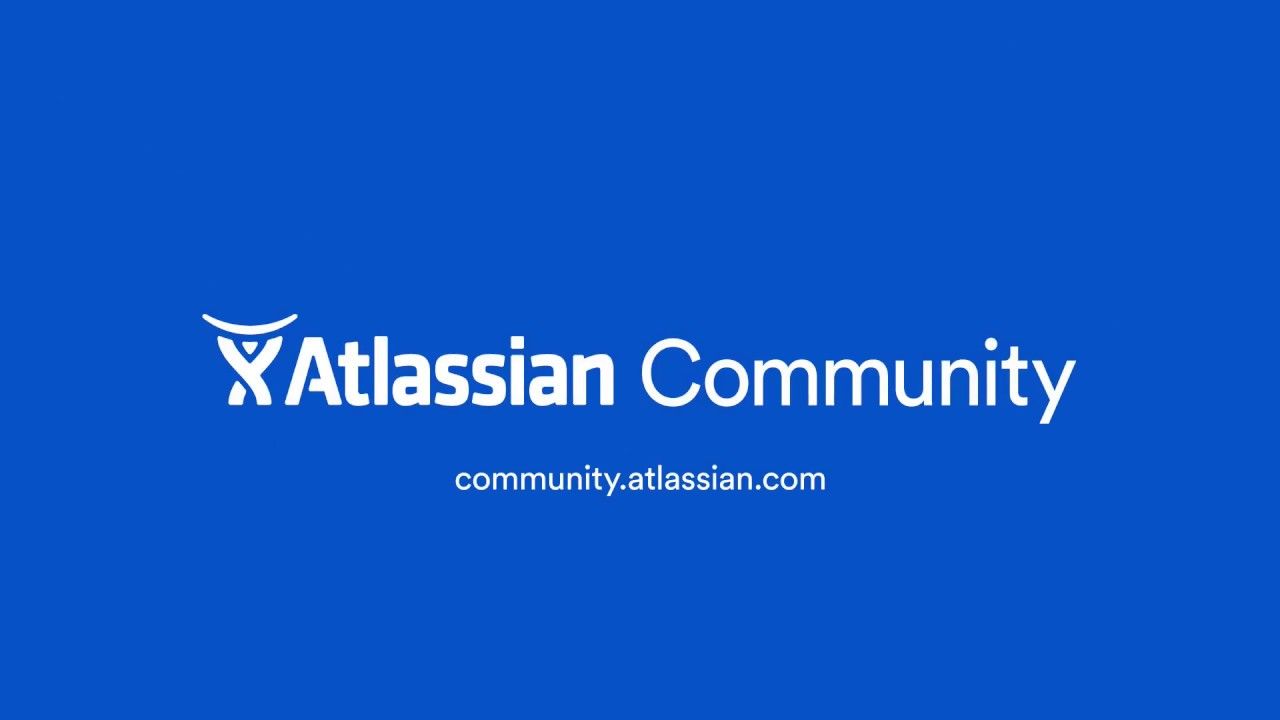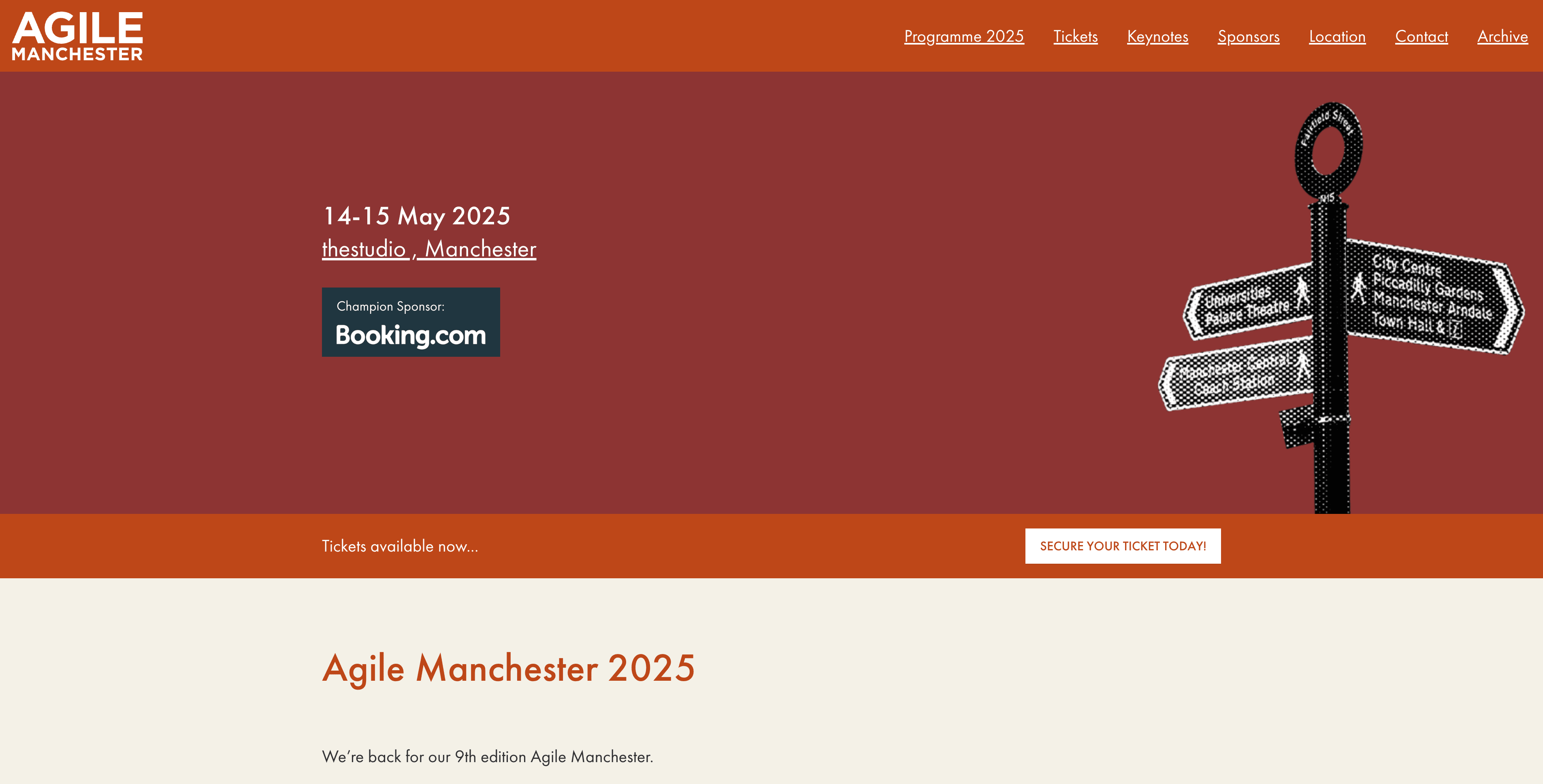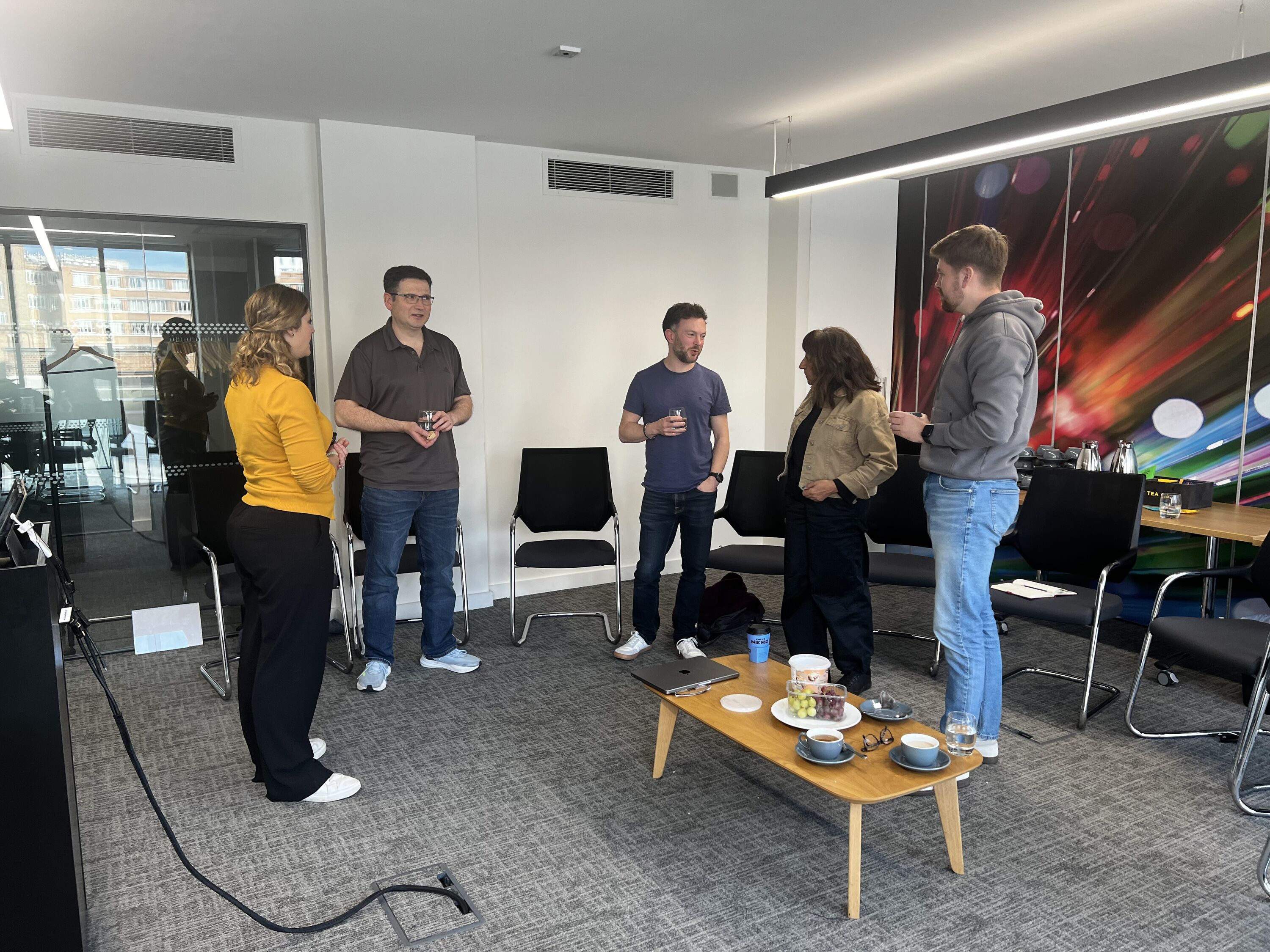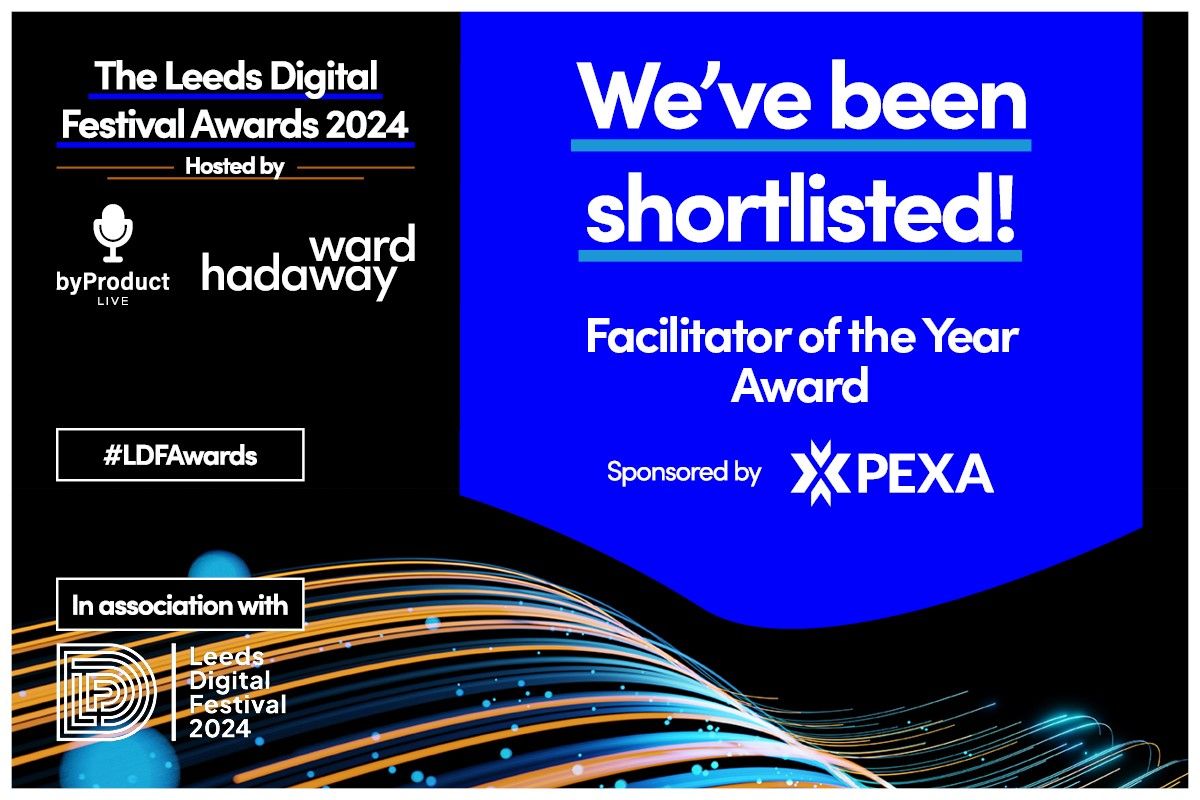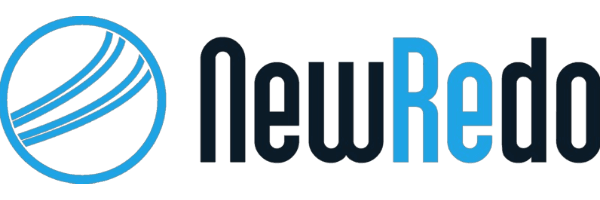Pair Presentation on Pairing in Software Delivery Teams Plus the Pared Down Framework - Nancy
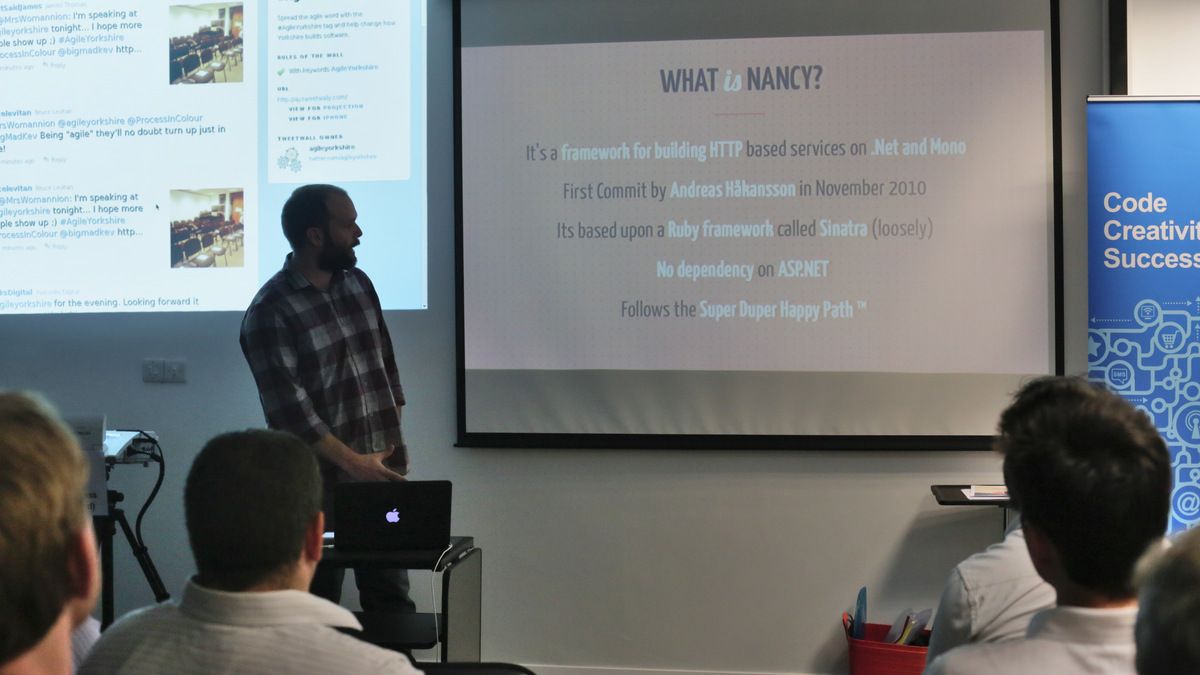
Pair Presentation on Pairing in Software Delivery Teams Plus the Pared Down Framework - Nancy
The main slot of the evening was delivered by Georgie Mannion and Kev McCabe as a business analyst and developer duet in perfect harmony singing the praises of cross discipline, and mixed skill level, pairing. They were drawing from their experiences of implementing mandatory pairing across the whole software delivery team starting on the first day of the new year after some radical New Years Day desk restructuring.
Rather than simply encouraging team members to pair when they could they adopted a 3 month period where nearly all activities across the software delivery team were carried out by pairs. There was plenty of discussion during the presentation about the various permutations and strategies adopted to ensure success. Although traditional XP pairing (two people working together with a single computer to solve a problem) was tried, so too were other techniques such as side by side pairing (two people working alongside each other to solve a problem by partition, XP style pairing and frequent close communication) and mob programming (single room, big screen, shared computers with representatives from several disciplines working closely to solve a problem).
The benefits of shorter feedback loops and better quality collaboration were stressed over email ping-pong or large meetings. The business benefit of the experiment was improved knowledge transfer in an environment with a high proportion of contractor staff. There was discussion of an interesting metric in the form of a matrix of skills and knowledge levels by team member and a drive to use pairing to reduce 'skill silo' risks. The experience levels of the participants making up a pair was felt to give different benefits; from exploration in novice-novice pairs through “up-skilling” in expert-average pairs through to crackling productivity in expert-expert pairs. The diversity of perspective was felt to be a particular benefit when pairing across disciplines with the cost of hand-offs between activities reduced.
As Gwen Diagram pointed out at the July meet up the tools an agile team chooses can impact on their ability to shorten feedback loops and increase confidence in making change. Anyone who has had to work with large enterprise tools (looking at you Oracle and Microsoft) will know how hard it is to deploy and test systems using them. Lightweight frameworks from the open source community have been a response to this and Nancy in .NET, along with it's cool Ruby cousin Sinatra, are two such frameworks. Matt McLoughlin gave us a whistle stop tour of some of the features of Nancy such as the conciseness of the resulting code, the fact that testing is a first class citizen of the framework, the simplicity of convention over configuration. All this is summed up by the goal of the Nancy team - keeping to the Super Duper Happy Path. As an agile developer I was encouraged by the idea that the Nancy community is friendly and responsive - qualities we often do not consider when selecting technologies but perhaps we should. Another plus would be Nancy's relaxed attitude to it's friends - want to use ASP.NET MVC and Nancy in the same solution, no problem, thus avoiding the common situation of having to decide which gang you are in and then having to stick with that decision come hell or high maintenance costs.
As always thanks to our sponsors and helpers for their support iSource IT, Piksel, Callcredit and NewRedo and to our prize sponsors O'Reilly, JetBRAINS, Manning, Wrox and PluralSight - the evenings would not be possible without them.

